Thursday 07th Nov
Health AI Development & Testing with Digital Twins
Discover how digital twins can revolutionize the health AI product development life cycle! Let's delve into how digital twins can streamline validation, slash development and validation expenses, and ensure product viability, resulting in accelerated launches.
Digital twins are digital simulators of physical objects, systems, or processes, leveraging real-time data to model their behavior, performance, and unique attributes. Although the potential of AI to drive innovation in healthcare is promising, the current product development life cycle for such innovations involves multiple intertwined validation and testing stages to ensure their safety, effectiveness, and applicability across varied populations or users. Consequently, this elongates the development life cycle compared to that of typical digital products, making it both time-consuming and more expensive.
Digital twins could empower healthcare product developers to explore novel concepts and AI technologies within a virtual setting, using virtual prototypes that come at a fraction of the cost and risk compared to physical trials or real-world studies.
Bullet points:
- Intro to Simulation & DTs in Health AI Development
- Understanding Health AI Development Process
- Regular Lifecycle
- Challenges in traditional development approaches for AI
- How Digital Twins Can Boost the Health AI Development Process
- Simulation of a Digital Twin Powered Development Process
- Designing and Testing an Effective Digital Twin
- Case Studies & Examples
- Success Stories & Lessons Learnt
- Suggestions for Best Practices
- What Next? Future Trends
Ghaith Sankari
Head of Global Digital Health Data Science
Bayer
Paula Sandrak
Product Strategist (dHealth & Health AI)
Bayer



